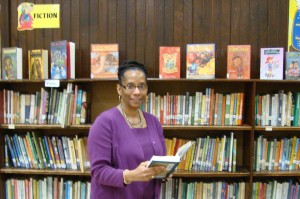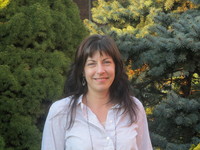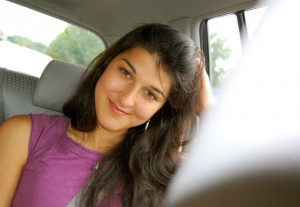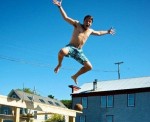The part of this week’s readings that resonated with me the most was the “Interlude” between chapters 6 and 7 by Alfred Tatum, “Building the Textual Lineages of African American Male Adolescents.” I love the idea of building your own “textual lineage” of books that you have strongly identified with that give you a direction for your future. It reminded me about how literacy is both profoundly personal and also very empowering. When I was in middle school, I loved reading novels and I built up a handful of favorite books that I read over and over again. The books in my arsenal were usually about strong female characters that I identified with and that I wanted to become. I was very lucky because, as a middle class white girl (who is able-bodied and heterosexual), it was very easy to find books with characters that reminded me of myself.
I never thought about how much harder it must be for more marginalized people to find books that address problems in their own lives. For example, African American male students face so many unfair stereotypes (as impoverished criminals who don’t have academic potential) that they are usually not targeted as “readers,” so there are much fewer novels available that might appeal to them. That makes it even more necessary that teachers provide them with texts that teach them the history of racial inequality and inspire them to understand it and rise above it, like the texts in the example that Tatum provides. This also would apply to students with different sexual orientations or gender identities. Overall, the Tatum “Interlude” reminded me about how passionate I was about reading as a middle schooler and prompted me to think about which books I identified with and why. Teachers need to find these “hooks” that get students interested in reading to make literacy an empowering skill for all students.
-Rachel







